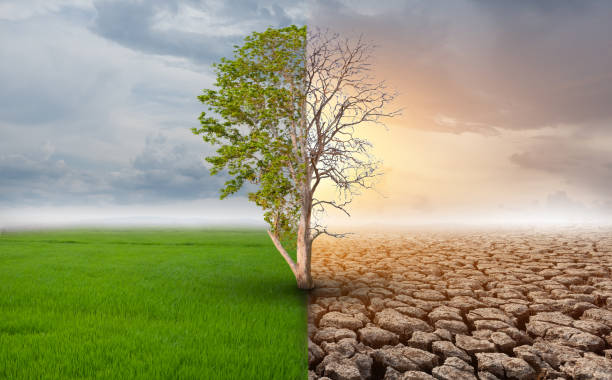Climate change is one of the most pressing issues of our time, affecting ecosystems, economies, and communities worldwide. This article provides an in-depth look at the latest Climate change updates, highlighting recent scientific findings, policy changes, and global initiatives.
Understanding Climate change updates
Climate change refers to long-term shifts and alterations in temperature and weather patterns, primarily driven by human activities such as the burning of fossil fuels, deforestation, and industrial processes. These activities increase the concentration of greenhouse gases (GHGs) in the atmosphere, leading to global warming and associated environmental impacts.
Key Greenhouse Gases
- Carbon Dioxide (CO2): The most significant GHG, primarily produced by burning fossil fuels and deforestation.
- Methane (CH4): A potent GHG released from agriculture (especially livestock), landfills, and natural gas extraction.
- Nitrous Oxide (N2O): Emitted from agricultural and industrial activities, as well as during fossil fuel combustion.
Recent Scientific Findings
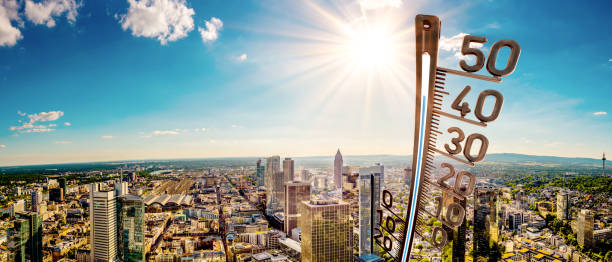
1. Record Temperatures
Recent years have seen some of the highest global temperatures on record. According to the World Meteorological Organization (WMO), 2023 was among the hottest years ever documented. This trend underscores the accelerating pace of global warming and the urgency of addressing climate change.
2. Melting Ice Caps and Glaciers
The polar ice caps and glaciers are melting at an alarming rate. The Arctic sea ice extent has been decreasing, with recent data indicating a significant reduction in ice cover over the past few decades. Similarly, glaciers worldwide are retreating, contributing to rising sea levels and altering freshwater availability.
3. Extreme Weather Events
Climate change is linked to an increase in the frequency and intensity of extreme weather events. Hurricanes, heatwaves, floods, and wildfires are becoming more severe, with significant impacts on communities and ecosystems. For example, the 2023 wildfire season in Canada was one of the worst on record, affecting vast areas and releasing large amounts of CO2 into the atmosphere.
Policy and International Agreements
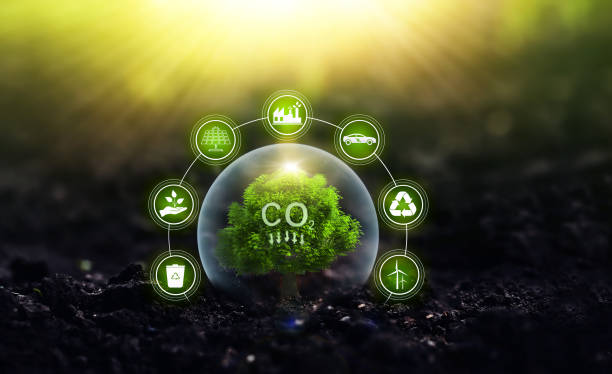
1. The Paris Agreement
The Paris Agreement, adopted in 2015, remains a cornerstone of international climate policy. Its goal is to limit global warming to well below 2°C above pre-industrial levels, with efforts to limit the temperature increase to 1.5°C. Countries are required to submit Nationally Determined Contributions (NDCs) outlining their climate action plans and progress.
2. Recent Developments
- Increased Ambitions: Many countries have updated their NDCs to reflect more ambitious climate targets. For example, the European Union has committed to achieving climate neutrality by 2050, and the United States has set a goal of reducing emissions by 50-52% by 2030.
- COP28: The 28th Conference of the Parties (COP28) to the UN Framework Convention on Climate Change (UNFCCC) was held in 2023. The conference focused on enhancing global climate finance, strengthening adaptation measures, and increasing support for developing countries.
Technological Innovations
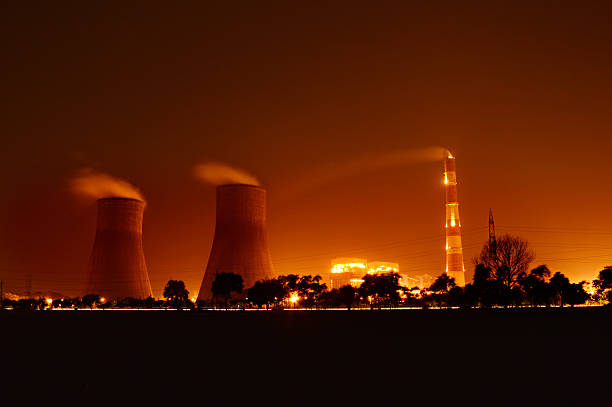
1. Renewable Energy
Renewable energy technologies are advancing rapidly. Solar and wind power have become increasingly cost-effective and widespread. Innovations in energy storage, such as advanced batteries and grid integration technologies, are improving the reliability and efficiency of renewable energy systems.
2. Carbon Capture and Storage (CCS)
CCS technologies aim to capture CO2 emissions from industrial processes and store them underground to prevent their release into the atmosphere. Recent developments in CCS include enhanced monitoring techniques and pilot projects demonstrating the feasibility of large-scale implementation.
3. Climate Engineering
Climate engineering, or geoengineering, involves deliberate interventions to modify the Earth’s climate system. Techniques such as solar radiation management (SRM) and carbon dioxide removal (CDR) are being researched as potential tools to combat Climate change updates. However, these methods are controversial and require careful consideration of potential risks and unintended consequences.
Community and Grassroots Initiatives
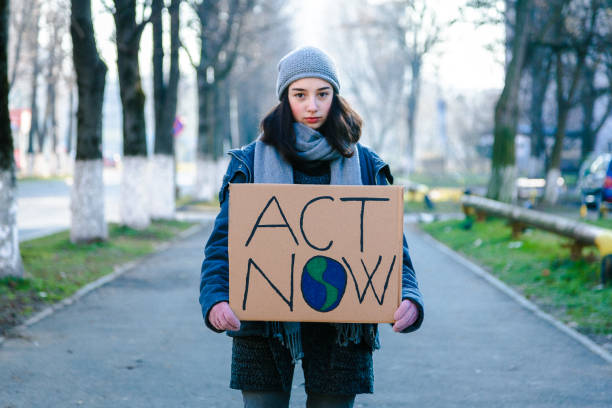
1. Climate Activism
Grassroots movements and climate activism have gained significant momentum in recent years. Groups like Extinction Rebellion and Fridays for Future, led by young climate leaders, are advocating for urgent climate action and raising awareness about the impacts of climate change.
2. Local Adaptation Projects
Communities around the world are implementing local adaptation projects to address climate change impacts. These initiatives include improving infrastructure resilience, restoring natural habitats, and promoting sustainable agriculture practices. For instance, coastal communities are investing in natural barriers like mangrove restoration to protect against storm surges and sea-level rise.
Economic Implications

1. Cost of Inaction
The economic costs of climate change are substantial. Extreme weather events, such as hurricanes and floods, result in significant damage to infrastructure, agriculture, and property. The economic burden of these events can strain public finances and disrupt local economies.
2. Opportunities for Green Growth
On the positive side, the transition to a low-carbon economy presents opportunities for green growth. Investments in renewable energy, energy efficiency, and sustainable technologies can drive economic development and create new job opportunities. Governments and businesses are increasingly recognizing the potential benefits of a green economy.
Conclusion
The latest Climate change updates reveal a complex and evolving challenge, with significant implications for our planet and future generations. While the impacts of climate change are becoming more evident, there are also promising developments in science, policy, and technology. Addressing climate change requires continued global cooperation, innovation, and a commitment to both mitigation and adaptation efforts.
FAQ
Q. What is the main cause of climate change?
A. The primary cause of climate change is the increase in greenhouse gases (GHGs) in the atmosphere due to human activities such as burning fossil fuels (coal, oil, and natural gas), deforestation, and industrial processes. These activities trap heat in the atmosphere, leading to global warming and climate changes.
Q. How does climate change affect weather patterns?
A. Climate change affects weather patterns by increasing the frequency and intensity of extreme weather events. This includes more severe heatwaves, hurricanes, heavy rainfall, and droughts. It can also disrupt typical weather patterns, leading to unexpected and extreme weather conditions.
Q. What are Nationally Determined Contributions (NDCs)?
A. Nationally Determined Contributions (NDCs) are individual countries’ climate action plans submitted under the Paris Agreement. They outline the steps each country intends to take to reduce greenhouse gas emissions and adapt to climate impacts. NDCs are updated periodically to reflect increasing climate ambitions and progress.
Q. How does deforestation contribute to climate change?
A. Deforestation contributes to climate change by reducing the number of trees that can absorb CO2 from the atmosphere. Trees also release stored carbon when they are cut down or burned, adding to the greenhouse gases in the atmosphere. Additionally, deforestation disrupts ecosystems and contributes to biodiversity loss.

